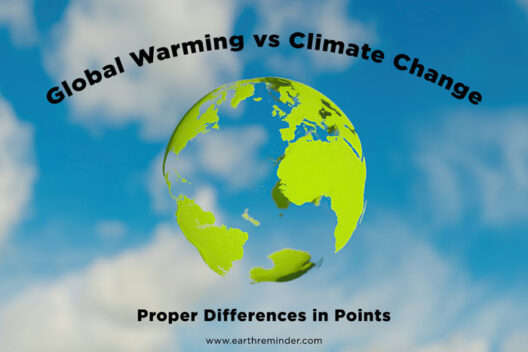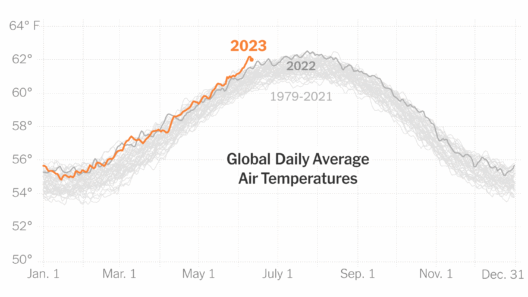The ocean is a vast, interconnected network, much like a colossal circulatory system sustaining life on Earth. This intricate web of currents is often referred to as the “global conveyor belt.” It orchestrates the transfer of warm water from the equator to the poles and cold water from the poles back to the equator. However, as the planet warms due to climate change, the potential disruption of these crucial ocean currents poses significant risks to our environment, weather patterns, and biodiversity.
To comprehend the importance of the global conveyor belt, it is essential to visualize the oceans as a mammoth, dynamic machine. Each current acts like a cog, mechanistically moving heat and nutrients around the globe, nourishing marine ecosystems, regulating climate, and influencing weather systems. This movement not only stabilizes temperatures across different regions, but it also plays a vital role in supporting fisheries, agriculture, and human livelihoods.
At the heart of this conveyor belt is thermohaline circulation, a process driven by temperature and salinity differences in seawater. Warm water, which is less dense, rises to the surface while cold, salty water sinks. The interplay of these physical properties generates a global flow of water, influencing the distribution of marine life and weather conditions. For instance, it is the Gulf Stream, part of this conveyor belt, that brings warmth to Northwestern Europe, making it considerably milder than other regions at similar latitudes.
However, the warming climate exerts immense pressure on this delicate system. As polar ice melts and glaciers recede, freshwater influxes disrupt the salinity balance necessary for thermohaline circulation. A disruption akin to a pebble thrown into a smooth pond, resulting in ripples that spread outwards. The plasticity of our climate system is astounding, but it has its limits. If the currents slow down or stagnate, far-reaching consequences will ensue.
One of the most alarming potential outcomes of a disrupted global conveyor belt is a radical change in weather patterns. Regions that depend on the currents for temperate climates could experience more extreme weather events. For instance, an altered Gulf Stream could usher in harsher winters in Europe while causing droughts in West Africa. This shift may lead to catastrophic impacts on food production and wildlife habitats, igniting a cascade of environmental distress.
Moreover, the disruption of ocean currents could have dire implications for marine ecosystems. The nutrient cycling facilitated by these currents is essential for sustaining biodiversity. A slowdown in the conveyor belt could result in reduced nutrient upwelling, affecting phytoplankton growth—an organism at the base of the oceanic food web. The ramifications would ripple upward, affecting everything from small fish to the majestic whales that traverse vast distances across the oceans. Such disturbances threaten not only marine species but also the livelihoods of millions who depend on the ocean for sustenance.
In a world where our oceans could transform into inhospitable expanses, the metaphor of the global conveyor belt becomes starkly vivid. Imagine a sinking ship, where lifeboats are few and far between. As the currents falter, we risk losing our safe havens within the ocean. Fisheries collapse, coastal communities face erosion, and the fragile balance of marine ecosystems hangs in jeopardy. The urgency of mitigating climate change becomes a clarion call for collective action.
Addressing global warming is paramount. Reducing greenhouse gas emissions is not merely an environmental concern; it is an existential imperative. Transitioning to renewable energy sources, such as solar and wind, is crucial in this fight. Rehabilitating coastal ecosystems through mangrove restoration and reducing plastic pollution can bolster the resilience of our seas. Each small action, when taken collectively, forms a powerful wave that can propel significant change.
Education and advocacy are vital in understanding and addressing the impact of global warming on ocean currents. Harnessing the power of public discourse can galvanize communities to demand action from policymakers. It is crucial to illuminate the intricate connections between climate change, ocean currents, and human survival, demonstrating that personal choices influence global systems.
In summary, the global conveyor belt is not just a feature of oceanic science; it is a lifeline for our planet. Disrupting this essential process evokes a profound sense of urgency as the consequences of inaction extend far beyond the realms of ecology and climate. The integrity of our oceans, the wellbeing of countless species, and the stability of human societies hinge on the health of this conveyor belt. As the tides shift, we must embrace our role as stewards of the Earth, working tirelessly to safeguard this remarkable system for future generations.








